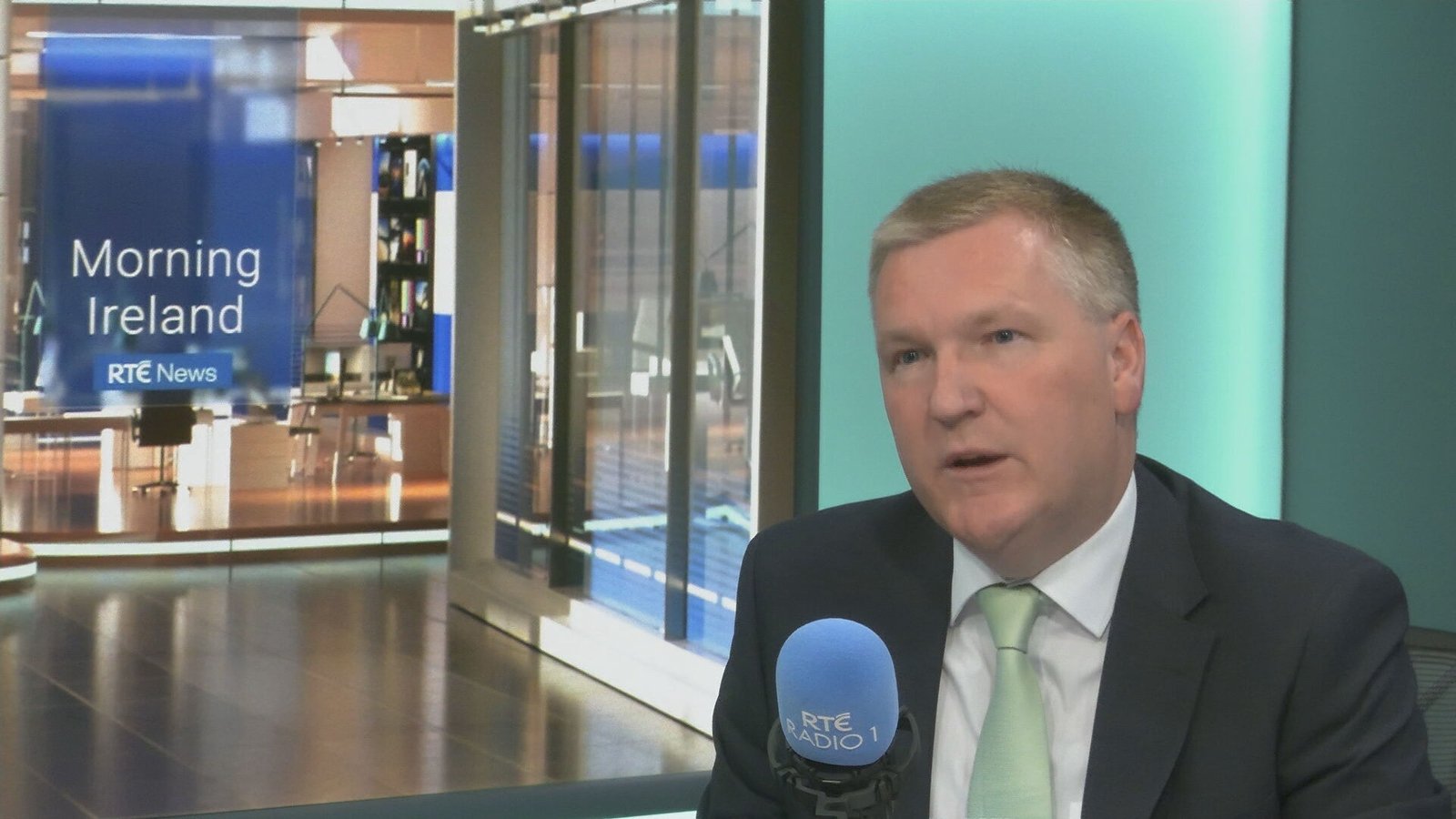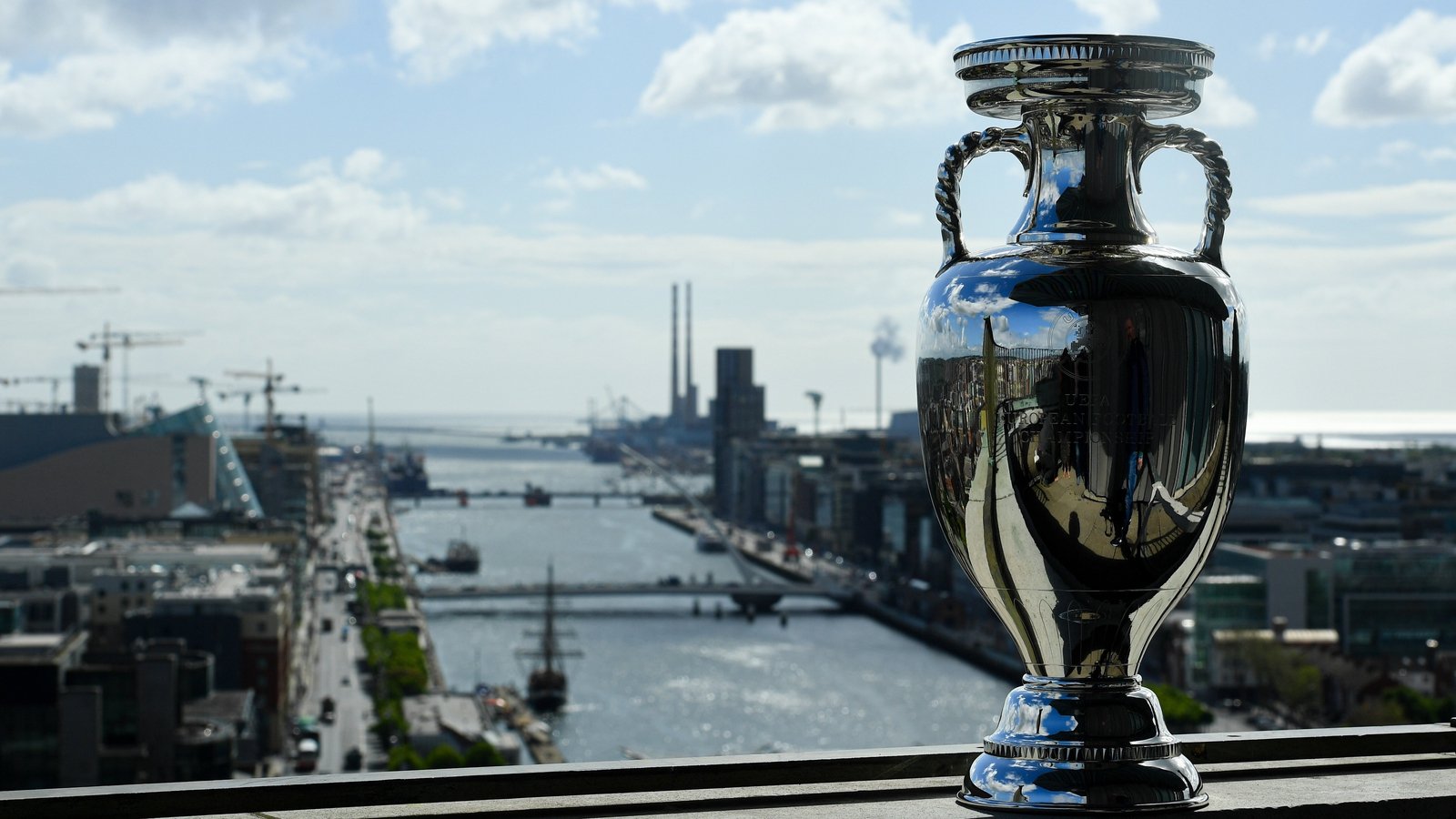Are “green” mortgages a forerunner for wider cuts ahead?


Avid interest rate watchers may have thought they had been propelled a few months into the future this week with announcements by two of the main lenders here that they were cutting pricing on some of their mortgage products.
The European Central Bank maintained interest rates at their record highs on Thursday, but dropped broad hints about cuts coming down the tracks, starting in June.
In advance of that, AIB – and its mortgage subsidiaries – and Bank of Ireland moved ahead of the ECB by announcing changes to their green mortgage offerings.
For AIB, it was a direct cut to the rates it charges.
Bank of Ireland opted for a more revolutionary approach – a tiered cut to fixed rates based on the energy rating of the property, with bigger cuts applying to more energy efficient homes.
The moves came on the heels of PTSB which announced a new green mortgage product in recent weeks.
What is a green mortgage?
Quite simply, lenders offer a lower borrowing rate to those purchasing a more energy efficient home.
Generally, in order to qualify, the property to be mortgaged would have a Building Energy Rating (BER) of at least B3 or higher.
However, Bank of Ireland’s new suite of products has extended the offer of a reduced rate to properties with lower ratings.
Green mortgages are currently on offer from the remaining three main banks and some credit unions.
PTSB launched a new 3-year fixed rate ‘green’ mortgage product in March with rates from 3.80% to 4.35% depending on the mortgage amount and the Loan to Value of the mortgage.
However, it is only available to new customers. Its 5 year fixed rate green mortgage is available to new and existing customers at a rate of between 3.95% and 4.3%, again depending on loan to value.
That product accounted for 30% of the PTSB’s total new mortgage lending in 2023, according to its figures.
Credit unions – relatively new to the mortgage market and still accounting for proportion of it – have been offering green mortgages with discounts of up to 0.25 percentage points on their regular fixed rates with some credit unions offering green mortgage rates as low as 2.99%.
AIB
AIB, and its subsidiaries EBS and Haven, announced reductions to their green mortgage rates this week with cuts of 0.2 percentage points on their previous offerings.
A rate as low as 3.45% will now be available from AIB and Haven, which is – according to the price comparison website, bonkers.ie – the best rate in the banking market at the moment.
The lowest rate is fixed for five years and applies to a mortgage that is less than 50% of the value of the property.
The rates are available to first-time buyers, movers and switchers once the property has a building energy rating of B3 or higher, and if it’s a switcher mortgage, it must have at least 5 years remaining.
They’re available to existing as well as new customers.
Bank of Ireland
Bank of Ireland has something of a track record when it comes to innovative products in the mortgage market.
It made a big punt on fixed rates about a decade ago when, under the leadership of Richie Boucher, the bank introduced a range of products which the CEO admitted was designed to induce people into switching away from variable products.
He argued that fixing gave certainty to the bank and to borrowers. It kickstarted what became a competitive fixed-rate market.
The bank no doubt hopes it may have pulled off something similar with its new suite of green products this week.
Under its new EcoSaver Mortgage, the bank is offering a fixed rate product that will offer tiered discounts for homes that have a Building Energy Rating of any level.
Even homes with the lowest rating of G will qualify for a small discount on the standard fixed rate.
The rates will range a 0.35% discount for an A-rate property to 0.05% for a G-rated home.
Someone seeking finance for an A-rated property could avail of a 5-year fixed rate of 4.4% under the new product offering, or they could fix for 10 years at 4.7%.
Why the focus on green lending?
Green lending is an especially vibrant part of the banking market at the moment as banks seek to ‘green’ their balance sheets, but also owing to growth in the market in retrofitting and the sheer volume of new build properties – which qualify for green mortgages because of their energy rating.
In addition, the banking sector globally faces growing pressure from regulators and certain cohorts of investors to improve their sustainability, Diarmaid Sheridan, a banking analyst with Davy points out.
“The Single Supervisory Mechanism (SSM) has already begun to assess the banking system from a climate change stress tests perspective,” Mr Sheridan explained.
“Providing incentives to borrowers will be an important aspect of the transition, particularly for assets that may be at risk of becoming stranded such as older housing stocks,” he added.
Bank of Ireland aims to grow so-called sustainability-related lending on its balance sheet to €30 billion by the end of the decade, from €8 billion in 2022.
AIB, according to its latest annual results, delivered €3.7 billion of new green lending, representing about 30% of its total new lending of €12.3 billion.
The stated ambition of the bank’s CEO, Colin Hunt is to have a ‘net zero portfolio by 2040’.
Is it a bit of a gimmick?
As with anything environment related, the greenwashing tag does get thrown at the banks when it comes to green lending.
On the one hand, there are the charges that it discriminates against those who have anything less than a B3 rated house.
Newer houses that have the higher ratings tend to be more expensive, so arguably wealthier people get rewarded with these discounted mortgages.
The gap between green mortgage offerings and ‘regular’ products has grown with these latest cuts, further entrenching that perceived discrimination.
This is what makes Bank of Ireland’s offering interesting. It acknowledges that not all properties will be capable of meeting the highest energy rating standards but it gives homeowners the incentive to improve it with renovations and repairs.
Daragh Cassidy, Head of Communications with bonkers.ie makes the point that green loans themselves are not necessarily backed by environmental initiatives or carbon offsetting schemes.
“That’s not to say some lenders aren’t separately engaging in initiatives like these,” he added.
“But a green mortgage doesn’t really do anything in and of itself to help the environment. It could help put some money back into your pocket – and there’s nothing wrong with that of course – but if you want to help save the planet you’ll need to do more,” he explained.
The lenders themselves will argue that by offering green mortgages, they’re incentivising people to buy more energy efficient homes, which means they’ll use less energy and have a lower carbon footprint.
And indeed there is a positive environmental dividend to be gained from that.
“But by law all homes built since 2019 need to be A2 rated anyway. So these homes would be built anyway,” Mr Cassidy points out.
Are more cuts coming down the tracks?
It is widely expected that the European Central Bank will start cutting interest rates in the coming months which is already being reflected in the money markets.
The banks are now passing that through to an extent, which could perhaps be regarded as a good omen for mortgage pricing ahead.
Given that banks had not passed the full extent of rate hikes onto products other than trackers, there had been some concern that they might not respond to initial rate cuts from the ECB.
Non-bank lender Finance Ireland cut its rates at the start of March. And, as well as its tiered green mortgage offering, Bank of Ireland has just introduced a new, flat variable rate of 4.15% for all customers regardless of the loan-to-value ratio. Previously, it was as high as 4.75% in some cases.
Tracker mortgage holders, having felt each of the 10 hikes from the ECB since mid-2022, will be especially keen to see rate cuts coming.
But difficult times may lie ahead for other mortgage holders too.
“While most tracker mortgage holders are probably more than half way through their mortgage term and have enjoyed many years of exceptionally low interest rates, many newer mortgagees are showing signs of stress,” Rachel McGovern, Director of Financial Services at Brokers Ireland said, citing Central Bank figures showing a 3% rise in early arrears of less than 90 days in the final months of last year.
She pointed out that more than 400,000 mortgage borrowers were on fixed rates, of which over six in ten are fixed for less than three years.
“So, about 80,000 of these mortgage holders could this year be coming out into a much higher interest rate environment than they had envisaged when they took out those mortgages,” she said.
Priced in a market where ECB rates were at zero or in negative territory, they are now being priced against 4.5 percentage points of rate hikes.
Even if the deposit rate drops by one point to 3%, it would still be a vastly different market to the one that existed up to mid-2022.
The only hope is that competition is at least maintained, or even boosted.
With three lenders accounting for the bulk of mortgage provision here, the focus will switch to the fintech space and perhaps an overseas lender coming in to disrupt the market in the way that Avant did in recent years.
Given that two lenders left the market here in recent years, the chances of a new provider coming in are regarded as slim.





